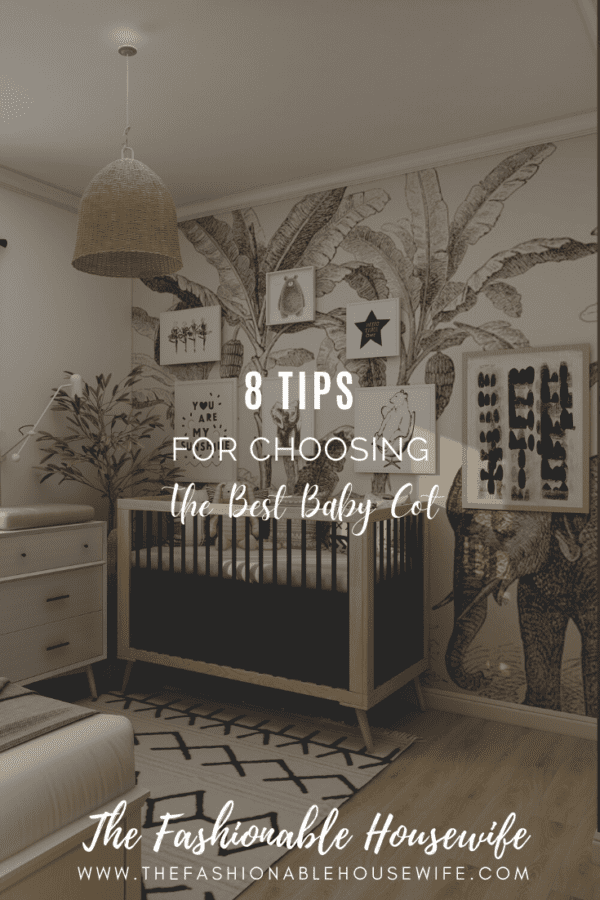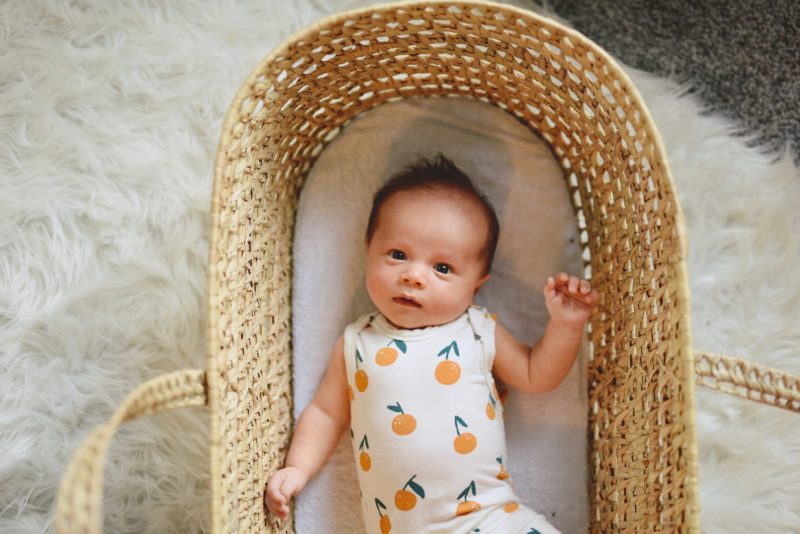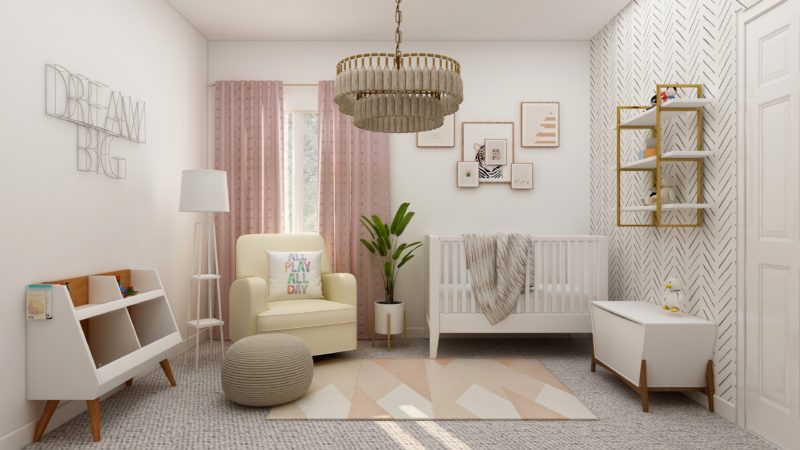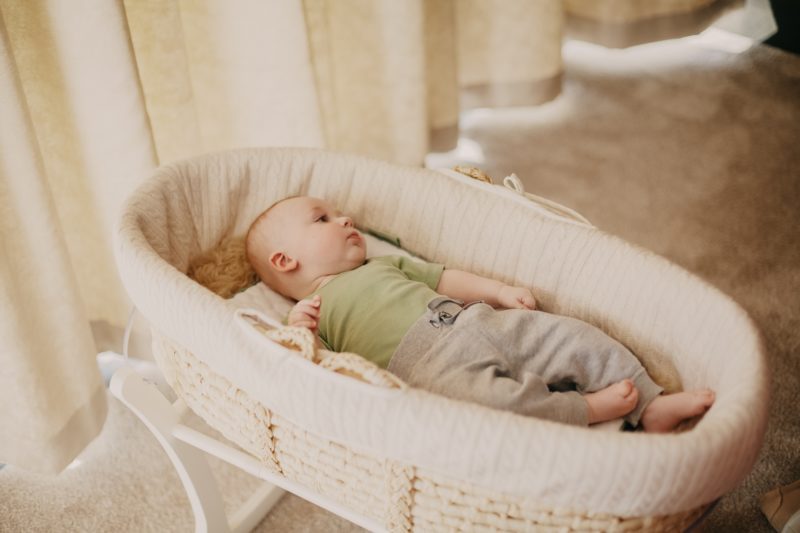
A baby cot or crib is the first place your baby will call home. It’s where they’ll sleep, play and bond with you, so choosing a quality baby cot and mattress is essential. Baby cots are for babies aged 0-12 months and are available in various styles, shapes, and sizes. A good baby cot is one of the most important purchases you’ll make for your baby. The best baby cots are safe, solid, and simple to use, with a range of features that can help you get your baby off to the best possible start. You can check babyhood.com.au for something quality for your baby
Consider whether you want a standard cot or a convertible cot.
The first thing you’ll need to consider is whether you want a standard cot or a convertible cot. While standard cots are much cheaper than convertible ones, they cannot be used as your child gets older. For example, standard cots have bars on them, which means they must be removed once your child is old enough to get out of their cot by themselves (or else they could hurt themselves). On the other hand, Convertible cots have removable side rails, allowing them to act as both a crib and a toddler bed. If you decide to go with a convertible crib so that you don’t have to buy another bed once your child has grown too big for their crib, you must make sure it’s sturdy enough not to fall apart while they’re using it.

Look at the dimensions of the cot.
This is essential if you have limited space in your room or home. Standard cots are between 120cm and 132cm long with an average width of 68cm. However,Cots come in many different sizes — the most common sizes are 120cm x 60cm, 130cm x 70cm, and 140cm x 70cm. The size of your baby’s nursery should determine which size of cot you buy. Some convertible cots are larger – this depends on what the manufacturer has built the cot for.
Check the mattress
Check that the cot has a high enough mattress base for your growing child. Look for a cot with at least two mattress heights. The top should be around 560mm from the floor (or above your hip bone height when standing) so that you can easily reach down and lift the baby in and out without straining your back. Babies need to sleep on their backs to help prevent SIDS, so if the mattress level is too low, it will be hard to reach in and lift them off their tummies if they roll over. Ensure the mattress base can’t be lowered once your baby learns how to climb out of the cot.
Safety first
First and foremost, make sure your cot meets quality standards, especially if you’re buying second-hand; check that the cot meets the current safety standard by asking for proof of compliance from the seller. If you can’t get this proof, don’t buy it. Also be sure you replace the mattress if you buy your cost used. Old mattresses can have mold, dust mites, and a host of other things you don’t want near your baby. Start fresh with an organic crib mattress and give your baby the best.

Check the side rails.
Look for a cot with side rails that drop down or slide back easily and safely. Some side rails have locking features that only allow parents to lower the side rail in an emergency. These side rails can prevent children from lowering the side rails themselves, which can be dangerous.
Check that the feet are slip-resistant.
This is essential if you have hard flooring in your home or plan to place your cat on a rug. If your floor surface is polished wood or ceramic tile, consider using rubber pads under the legs of the cot.
Think about height
Most cots are 50cm off the floor, which is a good height for picking up your baby. If you want something lower down, look for adjustable mattress heights. Also, make sure there are no gaps between the slats wider than 6cm apart and that there aren’t any screws or metal rods sticking out on the inside of the cot (where your baby could get tangled).

Make sure the paint is lead-free and non-toxic.
Another thing to consider when buying a crib is to make sure the paint is lead-free and non-toxic. This is very important because it’s so close to the baby. In addition, the paint used in some cots may contain heavy metals, which can be harmful to your child’s health. Check the labels on the cribs and other furniture in your child’s room to make sure they are all lead-free and non-toxic.
Author’s Bio: Lisa Eclesworth is a notable and influential lifestyle writer. She is a mom of two and a successful homemaker. She loves to cook and create beautiful projects with her family. She writes informative and fun articles that her readers love and enjoy. You can directly connect with her on email – lisa@lisaeclesworth.com or visit her website www.lisaeclesworth.com



